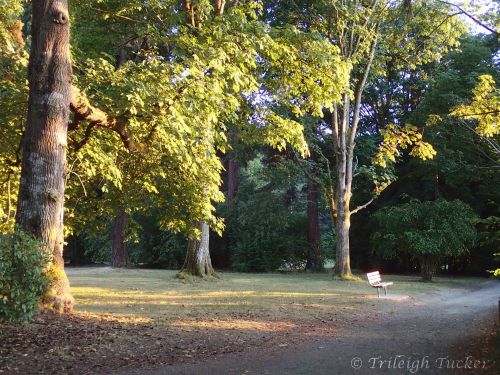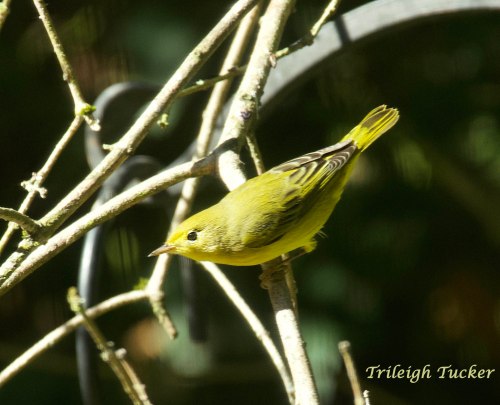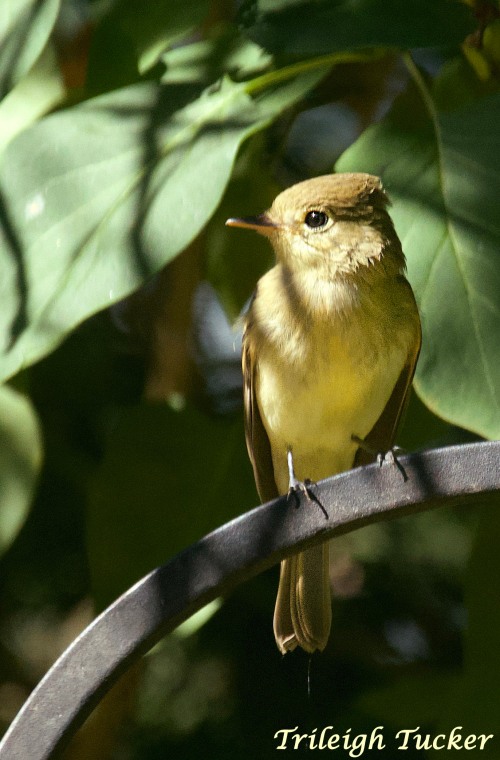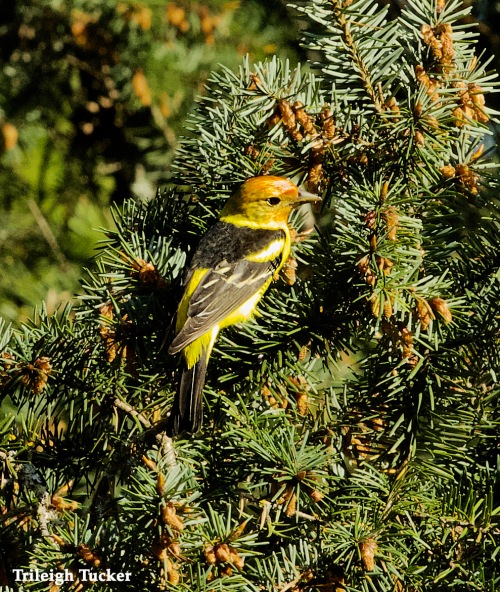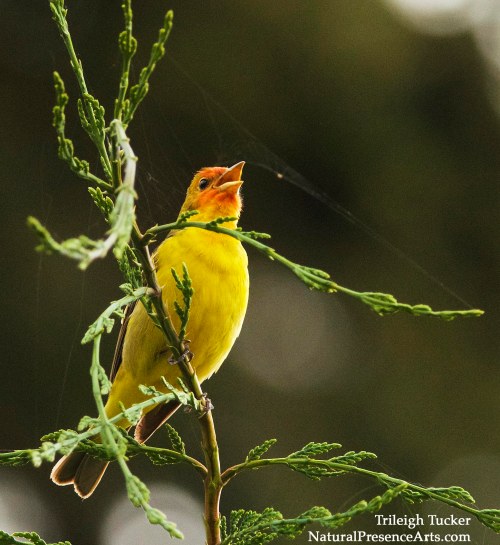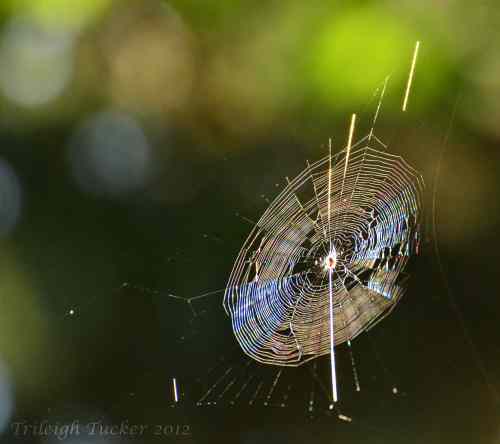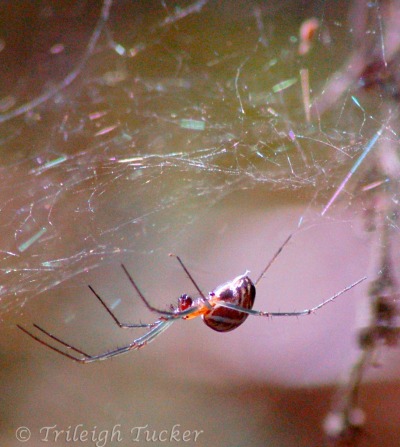Where have the birds gone, Seattleites have been wondering as we cringe in our homes, hiding from the toxic air. No one’s sure. But for a brief shining moment, my small hanging birdbath was aflutter with golden-toned birds and their friends, seeking respite in the smog. Here’s the tale.
First, a Townsend’s Warbler arrives to enjoy the birdbath, with his dramatic yellow-and-black plumage.
Then a Song Sparrow chases him off, and a Hutton’s Vireo takes advantage of the distraction to start his own bath.
As the vireo is bathing, an Orange-crowned Warbler comes to check out the fun, joined almost immediately by a Yellow Warbler who simply leaps into the bath with the soggy vireo as the Orange-crowned looks on.
After hesitating from the edge for a moment, the vireo jumps back in to bathe with his new friend, looking at one point as if I’d caught them guiltily in flagrante delicto. Then the vireo leaves to preen just above.
This all looks like so much fun that a Western Tanager gal shows up. She is not so up for sharing as the others and watches for a while from above as the Yellow Warbler continues to wash. A Black-capped Chickadee shows up, hangs on the bath edge for a while, then ventures in to bathe along with the Yellow Warbler as the tanager watches.
At this point the tanager has had enough and hops down to the birdbath, causing the warbler to get out—but not too far, hanging out above the bath to look on. The chickadee takes off.

Western Tanager leaps into bath already occupied by Yellow Warbler, as Black-capped Chickadee flies off.
The Yellow Warbler leaves and is immediately replaced by the vireo, who then tries to join the tanager—but she’s having none of it and yells at him to get out. He is more stubborn and takes a couple of rounds of getting yelled at before finally hopping back up to the overhead branch.
After a few moments the tanager hops from the bath to the nearby arch, and right away the Yellow Warbler hops back into to the bath. After a brief visit by the chickadee, an Orange-crowned Warbler arrives, likely the one who started off the whole process.
As the Orange-crowned Warbler lurks nearby, the tanager flies back down to the bath and yells at the bathing Yellow Warbler, who hops away nearby. The Orange-crowned Warbler decides that the birdbath on the ground is a better bet and takes a leisurely bath down there away from all the ogling and yelling.
With no one left to yell at, the tanager isn’t having as much fun, and flies off—though not before glaring at a juvenile House Finch who’s deigned to show up nearby.
Moments later a female Wilson’s Warbler lands on my windowsill about 18” away from mes – no time to grab the camera, but I marvel at how small she is up close. Here’s a photo of one from a couple of years ago (same location) so you can admire her beauty.
And all of this exciting drama, bathing, and arguing happened in about eight minutes…a glimpse of the lively life unfolding in secret as we’re preoccupied with our human affairs.
I’d guess that the smog likely brought together unusual bathfellows into this small space. In addition to its possible effects on their hard-working lungs, the ash and other particulates must feel icky and uncomfortable to these little people whose lives rely on their feathers’ cleanliness.
Scientists have found that soot particles in the feathers of museum bird specimens record “environmental turning points” in our history, tracing periods when coal pollution or frequent wildfires darkened larks, sparrows, towhees, and other birds. Clean skies mean clean birds.
For a little while, my city’s “bluest skies you’ve ever seen” (sung here by my childhood crush, Bobby Sherman) grew hazy, yellow, and toxic. But underneath one little pocket of shrubbery, at least, a few determined birds will emerge into our renewed air the bright and shining spirits they’re meant to be.











